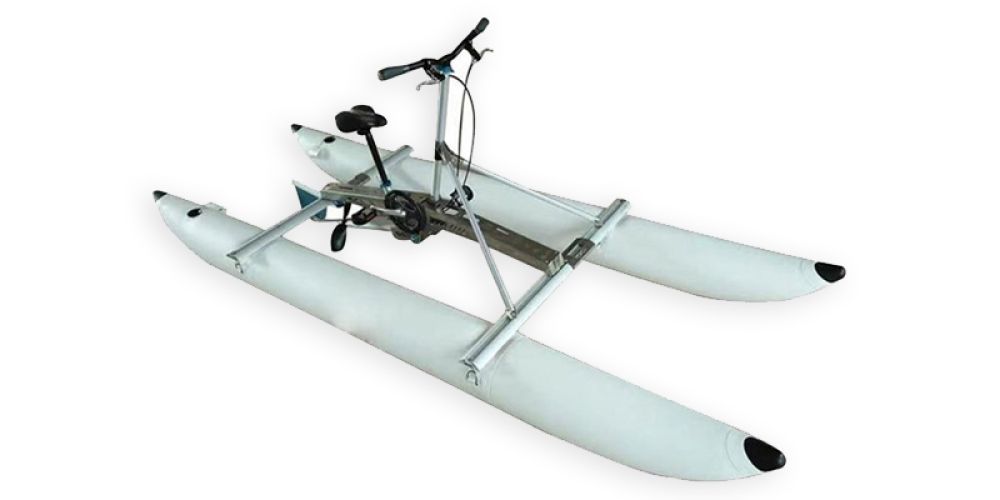
The automated welding of pontoon inflatable boats uses a high-frequency heat sealing machine. Its technical details are mainly reflected in the equipment structure, process parameters, material adaptability and quality inspection. The following is a specific analysis:

Equipment structure and function: The automated high-frequency welding equipment for pontoon inflatable boats is usually equipped with a hydraulic system, a high-frequency heating plate and a positioning tool. The hydraulic system provides stable pressure to ensure that the welding surface is tightly fitted; the heating plate can accurately control the temperature to meet the welding requirements of different materials; the arc groove positioning tool is used for the precise docking of the pontoon and the shipboard to ensure welding accuracy.
Process parameter control: During high-frequency welding, parameters such as high-frequency electric field strength, pressure and temperature need to be strictly controlled. The high-frequency electric field strength needs to be adjusted according to the thickness of the film material to achieve efficient welding; the pressure is controlled within the range of 0.3-0.5MPa to ensure the strength of the weld; the temperature needs to be set according to the material properties, such as the welding temperature of PVC film material is usually 180-220℃, while TPU material requires a higher temperature to avoid insufficient welding.
Material adaptability: High-frequency welding equipment needs to be adapted to buoy inflatable boats made of different materials such as PVC and TPU. For PVC materials, the high-frequency welding process needs to focus on the matching of temperature and pressure to avoid overheating and deformation; TPU materials require higher welding energy to ensure full fusion between molecules. In addition, high-frequency welding equipment must also have the ability to adapt to material thickness to meet the production needs of inflatable boats of different specifications.
Welding quality inspection: After high-frequency welding is completed, air tightness testing and appearance inspection are required. Air tightness testing usually uses an air pressure tester, and it is qualified only when there is no leakage after maintaining pressure for a certain period of time; the appearance inspection is carried out through a laser detection system to ensure that the weld flatness error is ≤0.2mm.